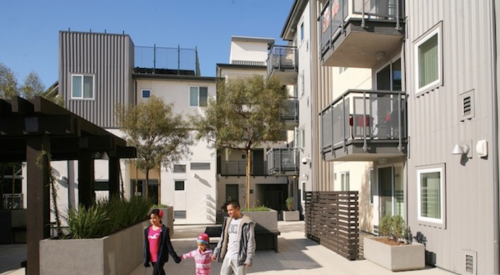Powerful forces are aligning to make urban infill housing not only a profitable niche market but one where builders and local governments are natural partners rather than adversaries. That's the conclusion from remarks by Amy Liu, deputy director of the Center on Urban & Metropolitan Policy at The Brookings Institution, who spoke at the recent Midyear Legislative Meeting of National Association of Realtors in Washington.
"Demographics may benefit high density development," Liu said. "The population is aging, and by 2020, the share of people in all age groups will be
nearly the same. Household size is shrinking, and cities become more diversified, fueled by Asians and Hispanics."
While decentralization still dominates nationally, with suburban populations still growing faster than urban ones during the last decade, immigration is sustaining the growth of cities, she said. "High densities and vibrant downtowns attract talented workers, lead to higher economic activity and save tax dollars."
States and local governments should promote reinvestment and infill development with policies such as:
1) vacant land reform,
2) zoning and land-use reform, and
3) incentives to improve main streets.
"They need attractive, high-density developments," she said.












